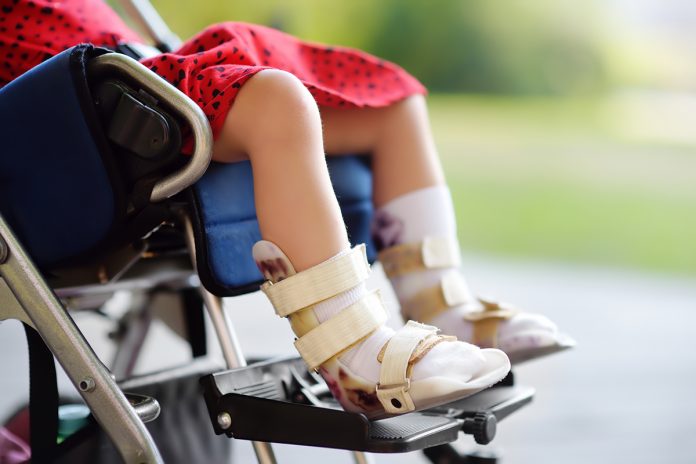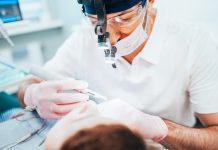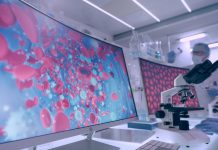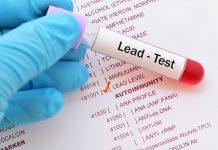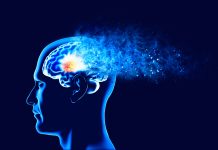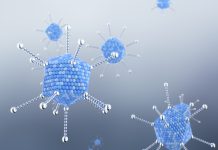Pascale V Guillot from University College London, Elizabeth Garrett Anderson Institute for Women’s Health, provides further analysis of stem cell therapy for brittle bone disease (osteogenesis imperfecta)
During development, unspecialised cells (stem cells) contribute to the formation of the body. Responding to the various cues of the microenvironment, stem cells migrate and differentiate into various cell types with different and specific functions, forming organs and tissues. In addition to constituting the building blocks of the body, a few stem cells remain in most of our organs and are recruited later in life to repair tissues and regain organ function after acute injury. Capitalising on the potential of endogenous stem cells to specialise and to regenerate tissues, stem cells have been considered as a tool for the treatment of various pathologies including genetic diseases where organ function is im-paired because of a genetic mutation.
Osteogenesis imperfecta, also called brittle bone disease, is a genetic disease that manifests before birth by fragile bones that break easily in response to a genetic mutation in the genes coding for collagen, which is produced by bone-forming cells (osteoblasts). As collagen is the most important constituent of bones and skin, the presence of mutation results in abnormal or insufficient collagen, which translates to reduced bone mass and strength.
Stem cells as a therapeutic treatment
Human mesenchymal stem cells (MSCs) are found in tissues of mesenchymal/ stromal origin such as bone marrow. Stem cells with similar characteristics as bone marrow MSCs have also been found in other tissues, at various stages of gestation. Compared to adult MSCs, MSCs found in fetal tissues, also called human fetal MSCs (hfMSCs) present several advantageous characteristics, including higher cell division speed, superior ability to differentiate, and greater tissue repair potential. MSCs can be isolated from healthy donors, expanded in vitro to high numbers, and subsequently frozen at a very low temperature. Capitalising on their ability to differentiate in various cell lineages, MSCs can then be thawed and used for clinical purposes in regenerative medicine.
Because bone fragility in osteogenesis imperfecta is due to osteoblast not producing the correct amount or form of collagen, it has been hypothesised that transplanting healthy osteoblasts at an early stage of skeletal development (during fetal life or at birth) would reinforce bones by creating a chimeric skeleton composed of osteoblasts carrying the mutation and some not carrying it. However, we have shown that it was preferable to transplant stem cells than osteoblasts because once differentiated, cells lose their ability to migrate to various organs in the body and engraft. Instead, the proposed strategy has been to transplant hfMSC during early life (pre-or post-natal). This presents several advantages. First, the injection of healthy cells occurs at a time when the disease has been diagnosed by the damages to the bones is not yet advanced as the skeleton will be growing for several years. Second, transplantation is a small size recipient that requires less cells. Finally, transplantation can occur at a time when the immune system is so immature that it will not reject the cells that have been transplanted.
Rationale of stem cell therapy
We have compared various sources of hfMSC and found that first-trimester blood hfMSC are more osteogenic than their liver counterparts. 1 Human fetal stem cells with similarly high osteogenic potential can also be isolated from the amniotic fluid that surrounds babies in the womb during the second trimester of pregnancy, and amniotic fluid stem cells (AFSCs) are now considered as a source of choice for perinatal cell therapy. The rationale behind hfMSC transplantation is that donor cells are going to survive in the host, migrate to the skeleton where they will differentiate into osteoblasts under the pressure of the local microenvironment and produce healthy collagen. Collagen of donor origin may combine with collagen produced by the host osteoblasts to produce a chimeric bone matrix. We have shown that prenatal or neonatal transplantation of hfMSCs or AFSCs resulted in a two-third reduction in long bone fracture rate and a marked improvement in bone structural and mechanical properties. 2-4
The hurdles to overcome
However, several difficulties remain before such an approach can be routinely used in the clinic. First, transplanted stem cells are isolated from the tissues of fetal donors. These primary cells need to be expanded to large numbers in the laboratory to obtain enough cells for transplantation. However, during this lengthy process, stem cells age and progressively start to divide at a slower rate, and lose their ability to differentiate and to repair tissues. As a result, new primary cells need to be isolated from other donors, characterised and expanded in vitro. Consequently, there is high variability between different samples, which creates a hurdle to overcome in order to standardise therapeutic treatments.
One solution is to use human pluripotent stem cells, which have the potential to differentiate into all the cell types of the body, including MSCs, and do not senesce during in vitro expansion. Pluripotent stem cells-derived MSCs (iMSCs) can subsequently be used for perinatal cell therapy for osteogenesis imperfecta as they can readily differentiate into osteoblasts. As pluripotent stem cells escape ageing, the strategy of using iMSCs in replacement of primary hfMSCs enables to standardise treatment therapeutics for clinical applications.
The future of personalised medicine
An additional innovative approach for the treatment of osteogenesis imperfecta is the ability to correct genetic mutations using genetic scissors to excise specific sections of DNA. As a result, it is possible to develop personalised stem cell therapy, where somatic cells from patients are isolated from their urine, rejuvenated in vitro to become pluripotent, genetically manipulated to remove the mutation causing osteogenesis imperfecta, and differentiated into iMSCs before being transplanted. Such an approach represents the advantages of standardising treatment.
Research into the mechanisms of action of donor MSCs has revealed that only a few cells engraft in bones and even though these cells differentiate into osteoblasts, it is very unlikely that their sole effect is to contribute to the production of the healthy bone extracellular matrix. Instead, evidence strongly suggests that donor MSCs contribute to improving the quality of the skeleton by modifying the behaviour of the host osteoblasts. Even though the primary effect of the mutation causing osteogenesis imperfecta is the production of abnormal collagen, the knock-on effects of the mutations are a dysfunction of osteoblasts, which become unable to fully differentiate into mature osteo-blasts. As a result, immature osteo-blasts produce abnormal amounts of minerals, which contributes to further fragilise the bone extracellular matrix, because they give strength to the organic matrix composed of collagen fibres. We have shown that donor MSCs contribute to stimulate host osteoblasts to mature, such that the bone extracellular matrix has better quality and becomes stronger.
Such approaches could be used for the treatment of other skeletal dysplasias to develop personalised medicine to improve skeletal health.
References
- Guillot, P. V. et al. Comparative osteogenic transcription profiling of various fetal and adult mesenchymal stem cell sources. Differentiation 76, 946–957 (2008).
- Jones, G. N. et al. Potential of human fetal chorionic stem cells for the treatment of osteogenesis imperfecta. Stem Cells Dev 23, 262–276 (2014).
- Guillot, P. V. et al. Intrauterine transplantation of human fetal mesenchymal stem cells from first-trimester blood repairs bone and reduces fractures in osteogenesis imperfecta mice. Blood 111, 1717–1725 (2008).
- Ranzoni, A. M. et al. Counteracting bone fragility with human amniotic mesenchymal stem cells. Sci Rep 6, 39656 (2016).
Please note: This is a commercial profile
© 2019. This work is licensed under CC-BY-NC-ND.

